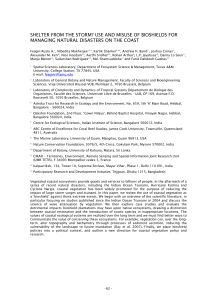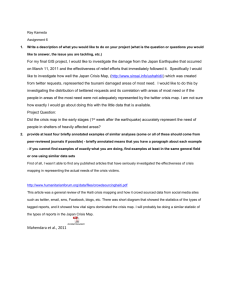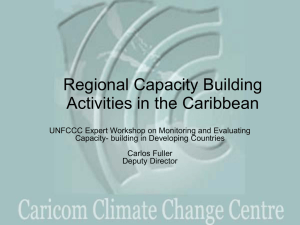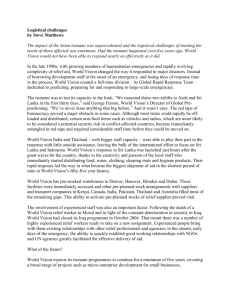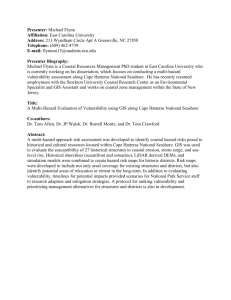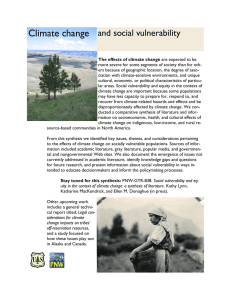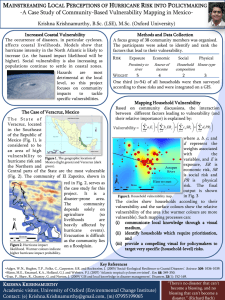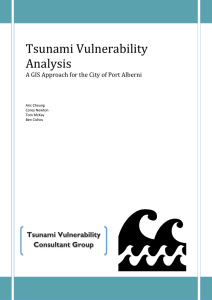Investigation of possible bioshields to protect vulnerable sections of the... Lankan coast G. Rans
advertisement
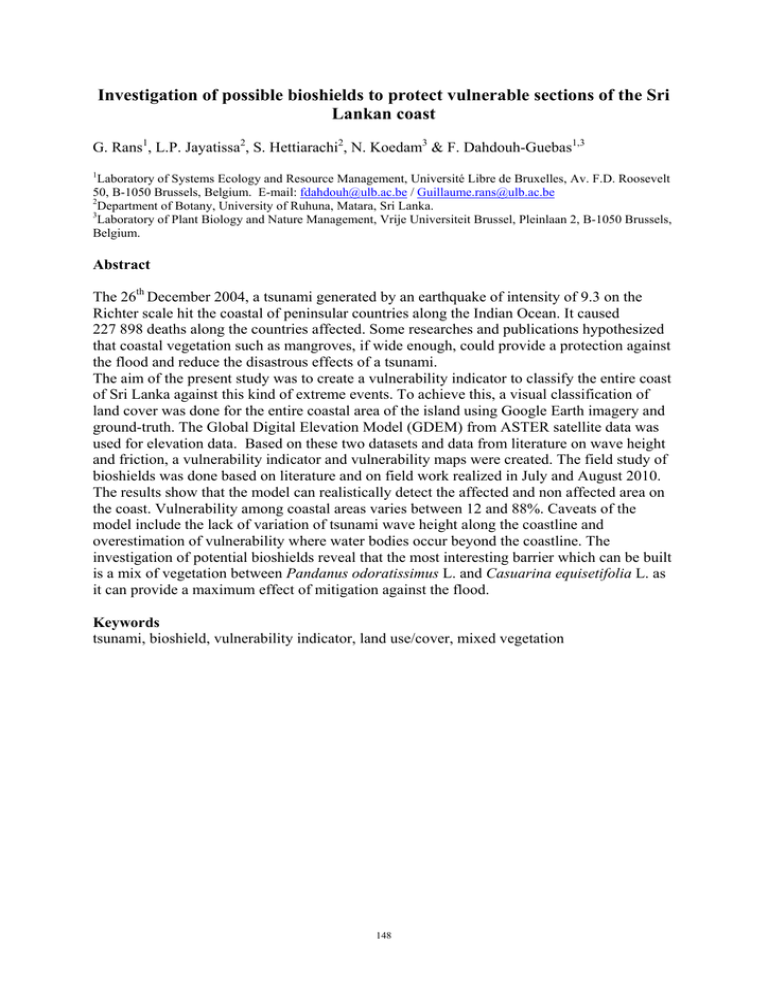
Investigation of possible bioshields to protect vulnerable sections of the Sri Lankan coast G. Rans1, L.P. Jayatissa2, S. Hettiarachi2, N. Koedam3 & F. Dahdouh-Guebas1,3 1 Laboratory of Systems Ecology and Resource Management, Université Libre de Bruxelles, Av. F.D. Roosevelt 50, B-1050 Brussels, Belgium. E-mail: fdahdouh@ulb.ac.be / Guillaume.rans@ulb.ac.be 2 Department of Botany, University of Ruhuna, Matara, Sri Lanka. 3 Laboratory of Plant Biology and Nature Management, Vrije Universiteit Brussel, Pleinlaan 2, B-1050 Brussels, Belgium. Abstract The 26th December 2004, a tsunami generated by an earthquake of intensity of 9.3 on the Richter scale hit the coastal of peninsular countries along the Indian Ocean. It caused 227 898 deaths along the countries affected. Some researches and publications hypothesized that coastal vegetation such as mangroves, if wide enough, could provide a protection against the flood and reduce the disastrous effects of a tsunami. The aim of the present study was to create a vulnerability indicator to classify the entire coast of Sri Lanka against this kind of extreme events. To achieve this, a visual classification of land cover was done for the entire coastal area of the island using Google Earth imagery and ground-truth. The Global Digital Elevation Model (GDEM) from ASTER satellite data was used for elevation data. Based on these two datasets and data from literature on wave height and friction, a vulnerability indicator and vulnerability maps were created. The field study of bioshields was done based on literature and on field work realized in July and August 2010. The results show that the model can realistically detect the affected and non affected area on the coast. Vulnerability among coastal areas varies between 12 and 88%. Caveats of the model include the lack of variation of tsunami wave height along the coastline and overestimation of vulnerability where water bodies occur beyond the coastline. The investigation of potential bioshields reveal that the most interesting barrier which can be built is a mix of vegetation between Pandanus odoratissimus L. and Casuarina equisetifolia L. as it can provide a maximum effect of mitigation against the flood. Keywords tsunami, bioshield, vulnerability indicator, land use/cover, mixed vegetation 148

